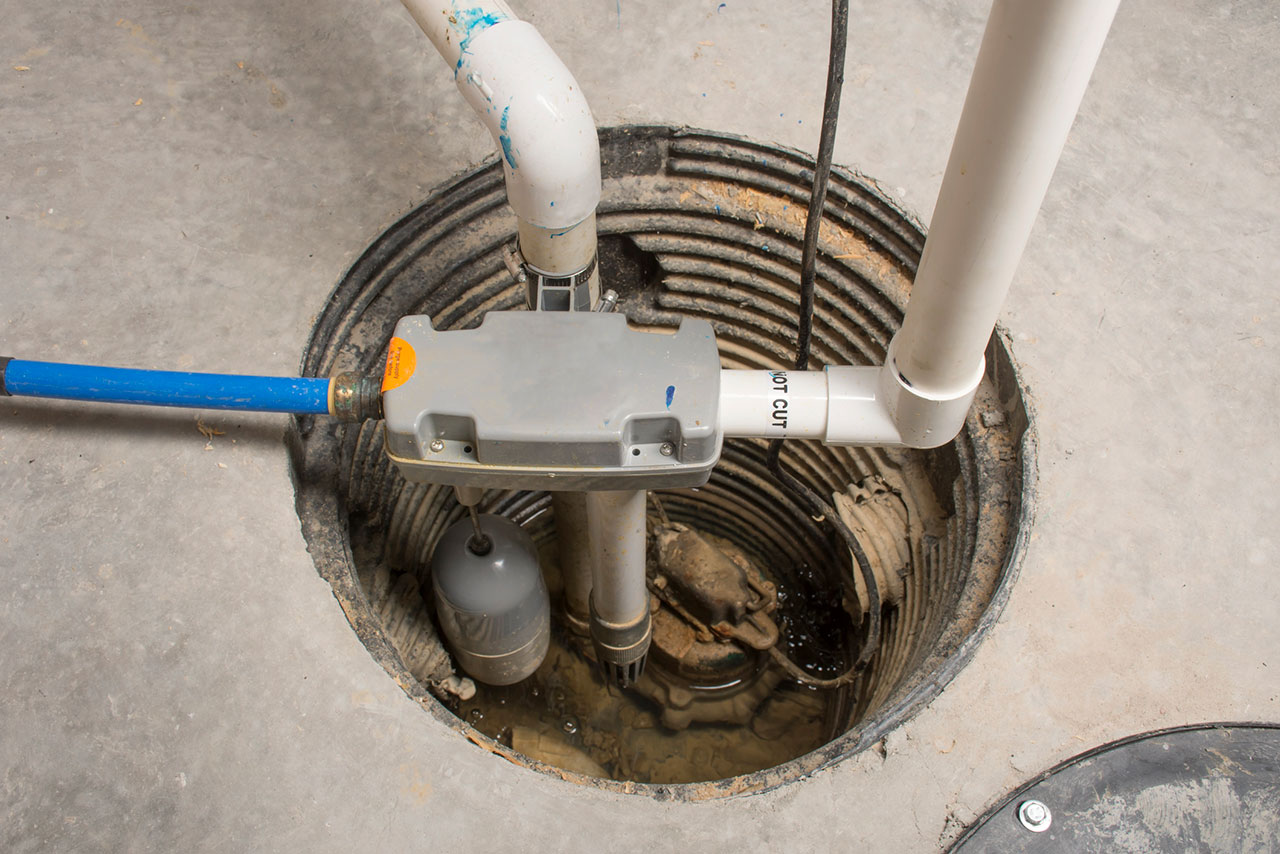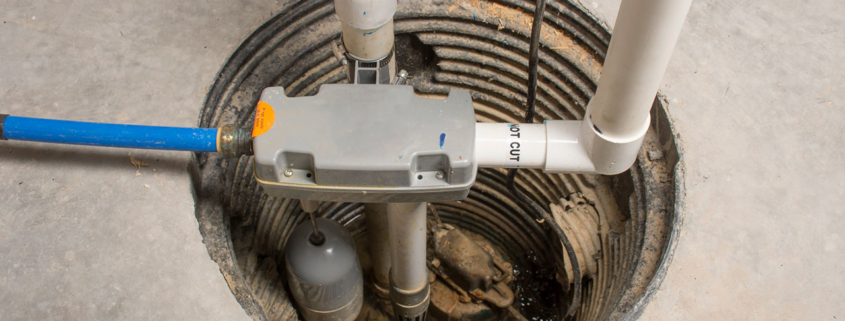Kathy’s Home & Garden Tips – Sump Pump Maintenance

April showers bring May flowers, so the saying goes. If you live around Chicago, it can bring snow too! But along with that comes the dreaded basement flooding. “No problem!”, you say. “I have a sump pump, so I’m protected! It even has a back-up battery in case of a power outage.” That’s great; but when was the last time you checked and tested it? Don’t worry, with a few quick check and maintenance tasks you won’t have to worry about heavy spring rains.
Let’s check the pump first. The pump should be plugged into a GFCI (ground fault circuit interrupter) outlet. Check these breakers periodically as they can trip. Is the pump standing upright? Sometimes when running, the pump can tilt or fall to one side causing the float to operate poorly. Lift the submersible pump completely out and clean the grate on the bottom. While operating, the pump can suck in small stones and debris that reduce efficiency and damage the pump.
Check the outlet pipes to make sure all the connections are tight. The outlet pipes should drain at least 20 feet from the house. Make sure the water drains away from the foundation. Keep the vent pipe clear of debris.
Finally, pour a bucket of water down the pit. The pump should start automatically and drain quickly once the pump starts. If the pump does not start, have it serviced. New pumps are getting more sophisticated, they can call your cell and even notify your alarm company when water is rising. Checking an older model before and at least once during the season should ensure smooth operation and a dry basement.
KATHLEEN WEAVER-ZECH & DEAN’S TEAM CHICAGO


